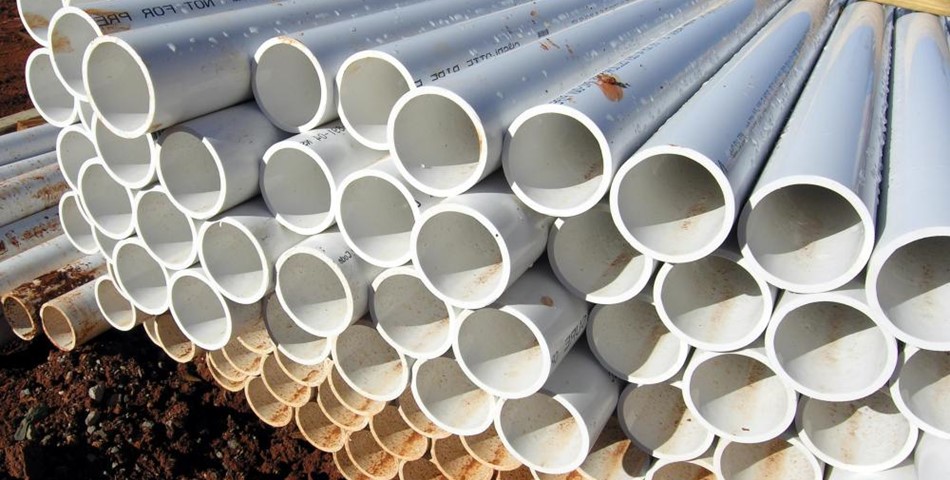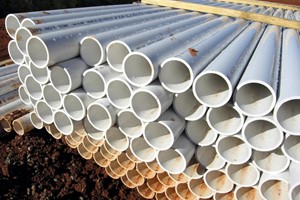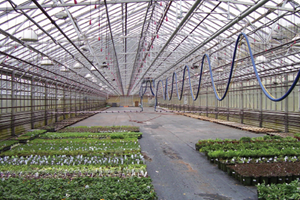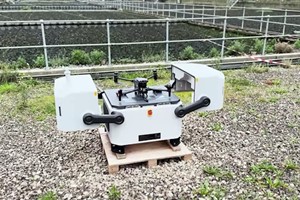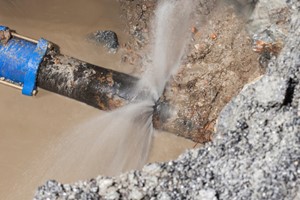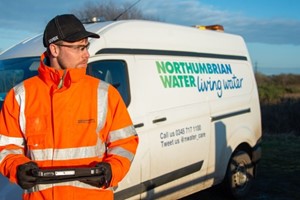An irrigation system is a method of delivering water to an area where it is needed, but not normally present in the required amounts. Generally, it is used for agriculture and landscaping purposes. The effectiveness of the irrigation is determined by a number of different factors, including the type of delivery system and the conditions at its time of use.
The key to an effective irrigation system is to get as much water to the plants, or into the soil, as possible. While this may seem like an easy thing to do, it is not. In fact, water loss from these systems can be up to 50% in some cases. The reason for this is simple: evaporation.
When water is sprayed over a large distance, it begins to break up from a steady stream and eventually becomes small droplets, or even a mist. On hot and sunny days, a good portion of this water never makes it to the ground. This phenomenon is easily seen, especially when the sun is low on the horizon and hits the water. Some of the water can be clearly seen going up, not down.
The key to an effective irrigation system is to keep the water as close to where it is needed as possible. Many systems are effective at doing this and therefore have water efficiency rates of 90% or more. A low energy precision application center pivot system, for example, has lines hanging down from massive arms that spray water from a level just above the plant’s height. Drip irrigation runs water through pipes, often PVC, bored with holes. The water then drips out at strategically-placed holes in areas where it is needed, cutting down on evaporation loss.
For those who must use a sprinkler system, there are other ways that can help improve the efficiency and conserve water. For example, sprinkling during hours when the sun is down helps increase efficiency dramatically. It also opens up the area for enjoyment and use during the daytime hours. Making sure that the system does not automatically turn on during times of adequate rainfall can also help conserve water.
No matter what irrigation system is chosen, there are always ways to cut costs and conserve resources. In some areas, especially where water is scarce, this is not only an option, but a requirement by law. In the end, finding efficient ways to irrigate is not only good for the environment, but also for an individual’s financial resources.
Do You Know The 6 Major Parts of A Drip Irrigation System?
- Water Delivery System
The bulk of all drip irrigation systems is comprised of a water delivery pathway made from either PVC pipe for underground delivery or polyethylene tubing for above ground delivery.
The water delivery system includes various parts that transfer water from the water source to the plants through a network of mainlines, pipelines, and drip lines, all connected with couplings that allow for custom system design
- Water Filters
Water filters are an essential part of every system to prevent silt and other debris from entering the system so you can deliver clean water to your plants.
Drip irrigation system services sell various types of in-line filters to fit the different setups including media, screen, and disk filters, as well as sand separators. Each is designed for use based on different water sources.
- Water Pressure Regulators
To be certain that water gets to all parts of your irrigation feed, each system is designed with water pressure regulators.
Fixed outlet and adjustable outlet pressure regulators sold by drip irrigation system supply companies prevent the high and low-pressure problems that can affect watering efficiency.
The right pressure regulators are critical components necessary to promote uniform application and prevent damage to feed pipes and tubing due to over-pressurization.
- Valves and Gauges
There are a number of valves and gauges used with drip irrigation systems, especially those designed to water multiple areas from the same water source.
Manual and automatic gate, ball, solenoid, and anti-siphon valves are used to control the flow of water to the different areas
Water meter gauges measure the flow of water passing through different parts of the line.
- Chemical Injectors
A great thing about watering systems sold by drip irrigation system services is how they facilitate the delivery of fertilizers and pesticides to the plants as well as anti-clogging agents to the drip nozzles.
Chemical injector devices placed inline send these chemicals through the water feed at a programmed rate to mix with the water flowing through the lines and to the plants.
- System Controller
The last part of any drip system sold by a drip irrigation system supply company is the programmable controller that regulates the amount of time the water is passing through the delivery lines and to the fields.
These are available as manually programmed types that simply turn on and off as programmed.
There are also computerized models that can detect soil conditions and turn on and off as required to keep plants appropriately watered.
www.homequestionsanswered.com



